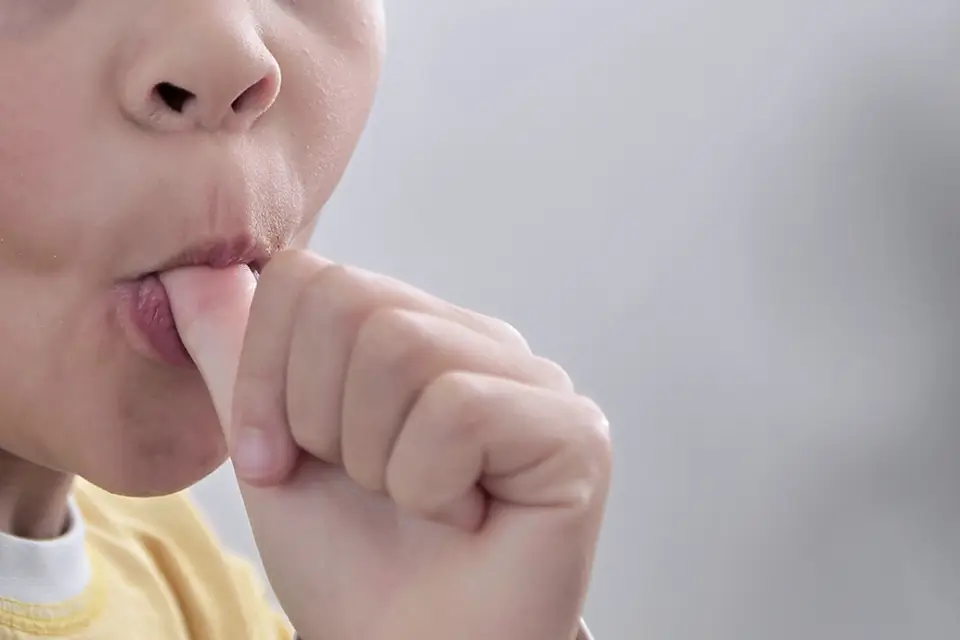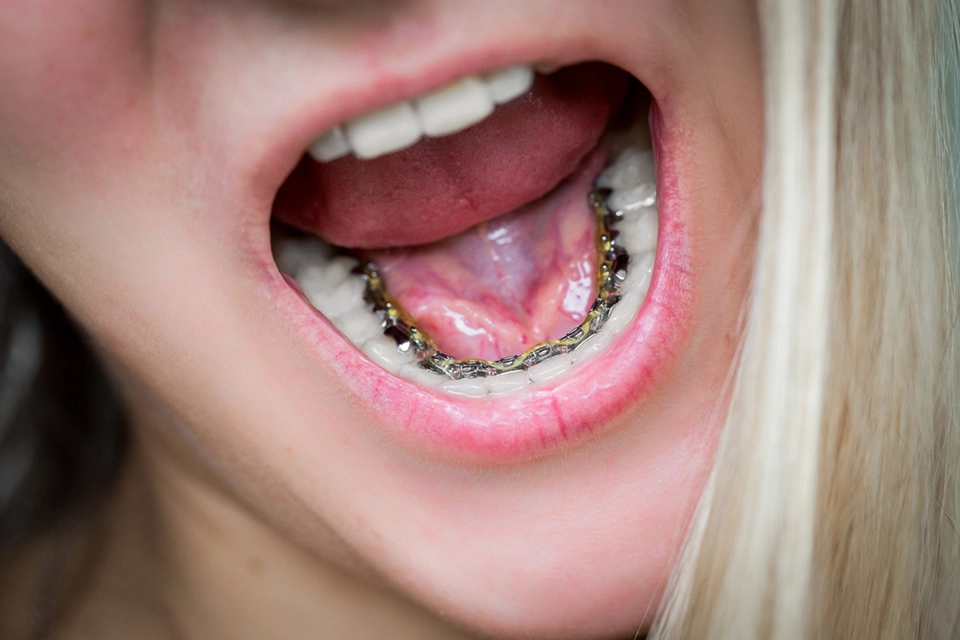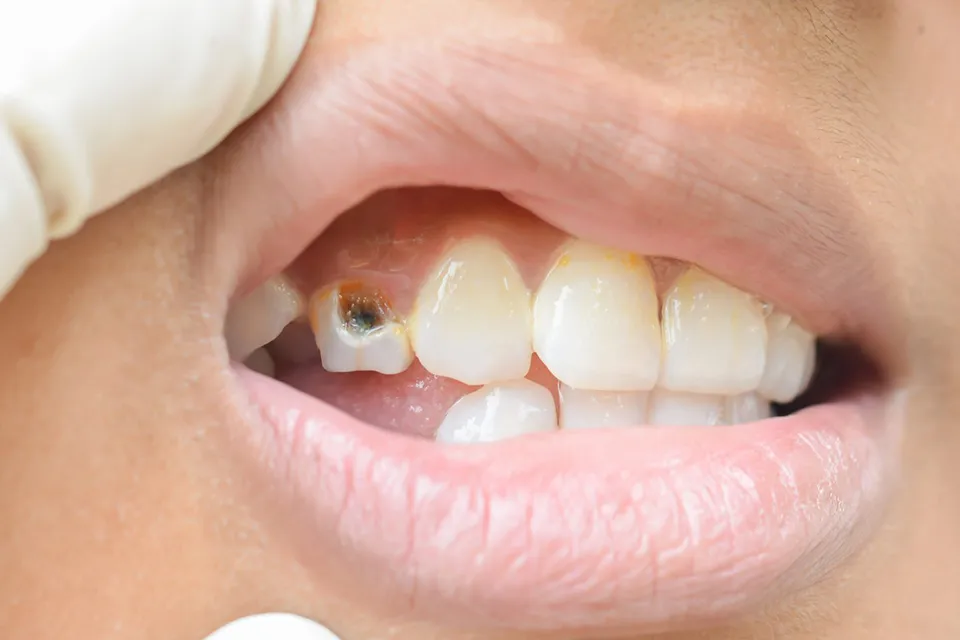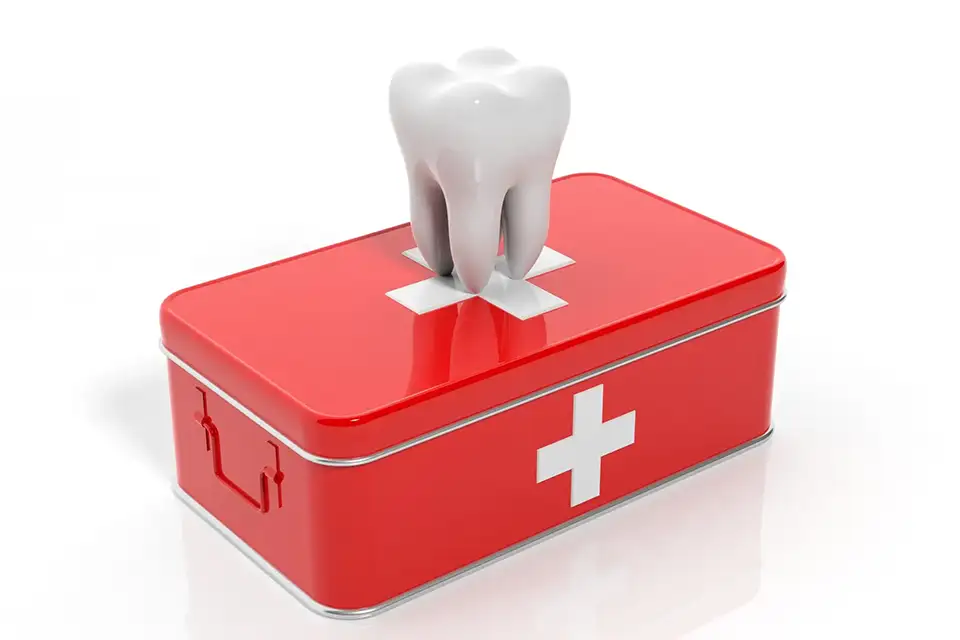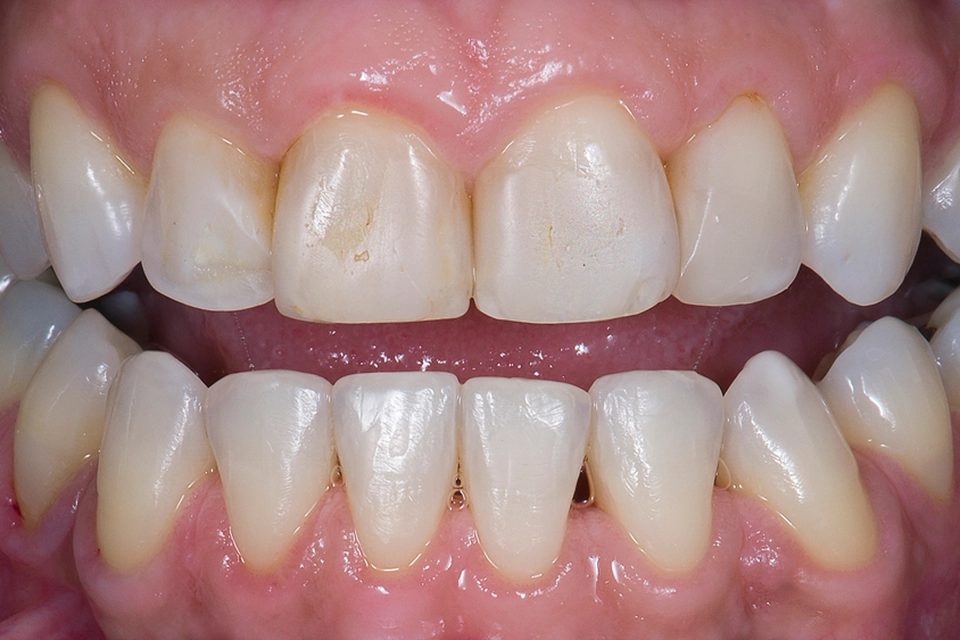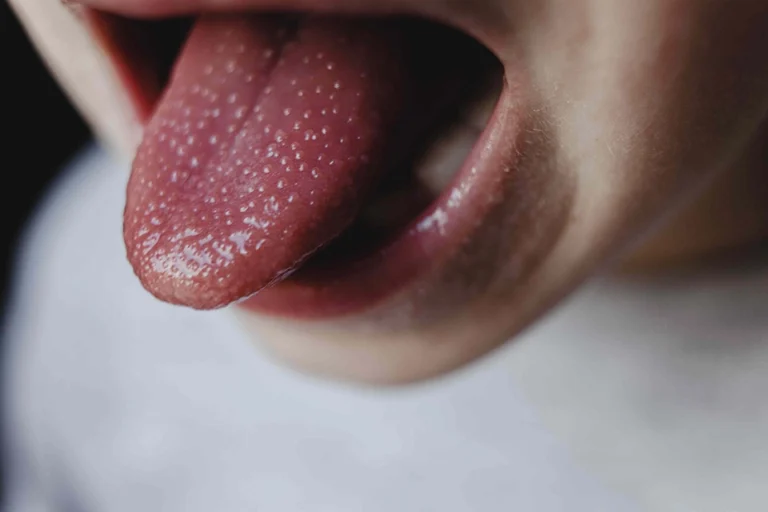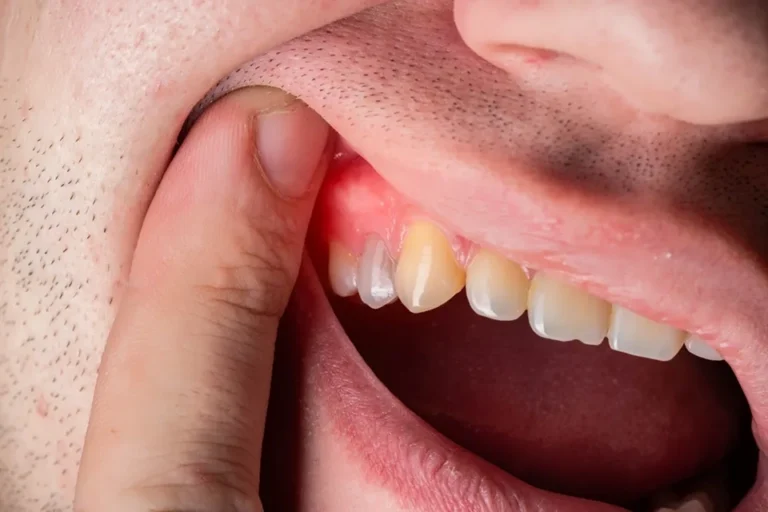Anterior teeth, located in the front of the mouth, play a crucial role in dental health and overall aesthetics. They are necessary for biting and cutting food and maintaining a confident smile. Their dual function makes them essential for speech and facial structure, emphasizing the significance of proper care and maintenance.
Beyond their functional significance, anterior teeth impact social interactions and self-esteem. A bright, well-aligned smile is often associated with confidence and attractiveness, making the health of these teeth a top priority for many individuals. Moreover, understanding their anatomy, function, and proper care can improve long-term dental health and well-being.
What Are Anterior Teeth?
Anterior teeth are the frontmost teeth in the dental arch, visible when you smile or speak. These teeth include:
- Central Incisors – The two middlemost teeth on the upper and lower jaws.
- Lateral Incisors – Positioned next to the central incisors.
- Canines (Cuspids) – The pointed teeth next to the lateral incisors that aid in tearing food.
These six upper and lower teeth shape the appearance of your smile and serve essential oral functions. Their location and structure make them more susceptible to damage, decay, and wear, so regular dental visits are crucial.
Functions of Anterior Teeth
Biting and Cutting
Their primary function is to bite and cut food into smaller pieces. The incisors act as blades, slicing through food, whereas the canines tear tougher textures such as meat. Without well-functioning anterior teeth, chewing efficiency decreases, resulting in poor digestion and difficulty eating certain foods.
Speech and Pronunciation
Anterior teeth are essential for proper pronunciation. They help form sounds such as “th” and “f,” resulting in clear and articulate speech. Misalignment or loss of these teeth can impair pronunciation and communication. Many speech impediments can be traced back to improper tooth positioning, emphasizing the importance of orthodontic treatments in younger patients.
Aesthetic Role
A well-aligned set of anterior teeth improves facial symmetry and creates a beautiful smile. These teeth are the most visible when speaking and smiling, making them essential to cosmetic dentistry. Teeth whitening, veneers, and bonding are popular cosmetic treatments for improving the appearance of teeth.
Support for Lips and Facial Structure
Anterior teeth support the lips and help to maintain the face’s natural contours. Missing or misaligned ones can result in sunken lips and an aged appearance, highlighting their importance in facial aesthetics. Long-term tooth loss can cause jawbone deterioration, affecting the overall facial structure.
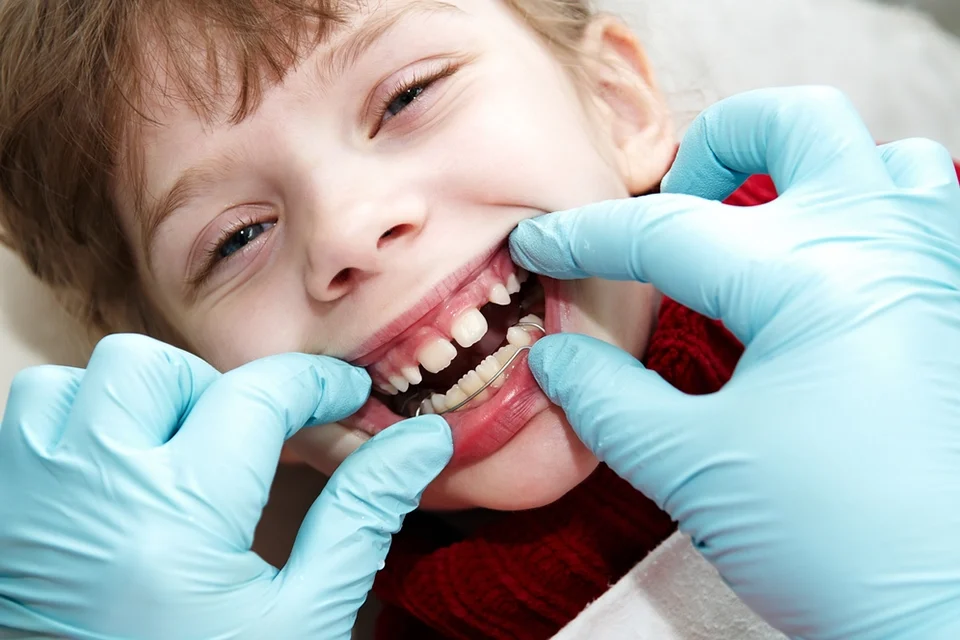
Anterior Teeth in Children vs. Adults
- Primary Anterior Teeth: Begin to emerge around 6-12 months of age.
- Permanent Anterior Teeth: Replace baby teeth between 6-12 years.
Differences in Care and Treatment
- Children: Need assistance with brushing and flossing to prevent cavities and misalignment. Pediatric dentists recommend fluoride treatments and sealants to protect enamel.
- Adults: Schedule regular dental exams to maintain enamel health and address wear, chips, or discoloration. Regular professional cleanings also help remove stains and plaque buildup.
- Orthodontic Care: Both children and adults may require orthodontic treatment, such as braces or Invisalign, to align them for function and appearance. Early orthodontic treatment can help prevent future complications.
- Preventive Measures: Wearing mouthguards during sports, avoiding hard foods, and treating bruxism (teeth grinding) all help keep anterior teeth healthy.
FAQs About Anterior Teeth
Why are anterior teeth more prone to chipping?
They experience high pressure from biting and external impacts, making them more susceptible to chipping and fractures. Their location in the front of the mouth also exposes them to direct trauma.
What's the difference between canines and incisors?
Incisors are flat and used for cutting food, while canines have pointed edges for tearing food. Additionally, canines have longer roots, making them stronger and more wear-resistant.
Can anterior teeth be replaced if lost?
Yes, dental implants, bridges, or veneers can replace lost teeth to restore function and aesthetics. In addition, dental implants are the most long-lasting solution, preventing bone loss and preserving facial structure.
How do anterior teeth affect facial aesthetics?
They help shape your smile, support the lips, and maintain facial symmetry, making them essential for a youthful appearance. Cosmetic procedures such as veneers and crowns can significantly enhance their appearance.
Anterior teeth are essential for both functional and aesthetic reasons. Furthermore, maintaining them with regular dental checkups, proper hygiene, and cosmetic enhancements as needed results in a healthy, beautiful smile. Brushing twice a day, flossing, and using mouthwash can significantly improve the longevity of these teeth. If you have concerns about your teeth, Zara Dental in Houston, Texas, can help! Schedule an appointment today to keep your smile bright and strong.

